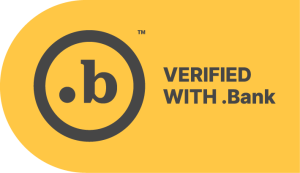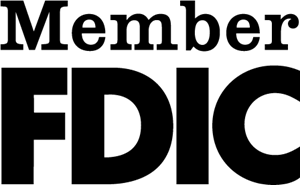Debt management is an essential part of financial literacy. Knowing how to borrow responsibly can make the difference between reaching your financial goals and living paycheck to paycheck. If you’re new to borrowing, one essential skill that can serve you well is the ability to discern good debt vs. bad debt. If you’re asking, “what is good debt? Isn’t all debt bad?” You’re not alone. These are common questions people ask as they develop their financial literacy.
Keep reading to learn more about the differences in debt, what it means to borrow responsibly and where you can get started.
What Is Good Debt?
Before diving into types of debt that are considered more favorable than others, it’s essential to note that any debt that is not managed well can become bad debt. Making payments on time and budgeting to pay off debts is crucial for any debt to be considered good debt.
Generally speaking, good debt is any type of low-interest loan that is an investment into a long-term asset for financial growth. Good debt should help you generate income, build your net worth or both. Not only should these loans help you experience financial growth, but they should also help you build your credit score for future lending opportunities.
Three examples of good debt are:
Student Loans
Student loans are considered an investment that can increase your potential future earnings. Individuals in the workforce with a bachelor’s degree or higher have also been found to have a higher employment rate than those without. In 2022, the National Center for Education Statistics found that young professionals with a bachelor’s or higher degree had an 87 percent employment rate.
If you’re considering taking student loans, it’s essential to project the average entry-level monthly income for your field of study. This way, you can determine how much you can take on in student loans for your intended career path. A good rule of thumb is to keep your monthly loan payment below 10% of your potential after-tax monthly income.
If you are looking for ways to reduce reliance on student loans for yourself or your child, check out our article about saving for college here.
Mortgages
A home purchase is one of the biggest financial decisions you will make. When buying a home, you need to budget to determine how much you can afford to spend on a house each month. A mortgage is generally considered a good debt because it is a payment toward an asset that becomes equity, rather than a monthly expense like rent. Once the home is paid off, you can continue to live in it, sell it at a profit or use it as a rental home to generate income.
Business Loans
Business loans are a lender’s investment into your business idea with expectations of returns in the form of payments with interest. A business loan should give your enterprise the cash it needs upfront to generate a profit. From there, your business should be considered an asset to help you build your net worth. A business loan is only good debt if you can find the right lending partner who is willing to offer you a competitive rate.
It’s essential to note that good debt is only the result of using credit lines responsibly. When you don’t, you may see the debt you owe turn bad, which can cause financial difficulties.
What Is Bad Debt?
Bad debt is typically any type of high-interest debt that is not managed well. The loans listed above can become bad debt if they aren’t paid on time and are allowed to build high-interest payments. A few examples of bad debt can include:
Payday loans
Payday loans are typically short-term, high-cost loans that are usually for small amounts but require you to pay back the loan and all fees in their entirety with your next paycheck. In Missouri, the interest rate on a payday loan can be as high as 75 percent. It is best to avoid these loans if possible. If you are in a dire financial situation, it’s best to exhaust all other options, including borrowing from a trusted lending institution, before using a payday loan.
High-interest Credit Cards
High-interest credit cards are usually available to individuals with poor credit scores who may not have other lines of credit available. Many of these cards offer a compelling introductory rate, so it’s essential to make sure that you carefully review the terms of the card. If you don’t pay off your card each month, the interest on your balance can grow exponentially.
Personal Loans on Consumables or Other Luxury Items
Our third example of bad debt is a personal loan used on any consumable or luxury item. While it can feel nice to treat yourself occasionally, loans on unnecessary, depreciating assets can tie up your budget and limit your ability to reach your financial goals. If you need to take out a loan to make a big purchase, use this list of criteria to determine if this purchase is really essential. If it’s an expense you can justify, consider saving rather than using credit or obtaining a loan.
Get the Most Out of Your Finances with a Local Bank
Exploring ways to improve overall financial health? Work with a bank that focuses on excellent customer service and great banking options.
Community Point Bank offers credit cards and various loan options with competitive rates. Plus, our savings and checking accounts make it easy to manage your finances so you can use your money your way.




